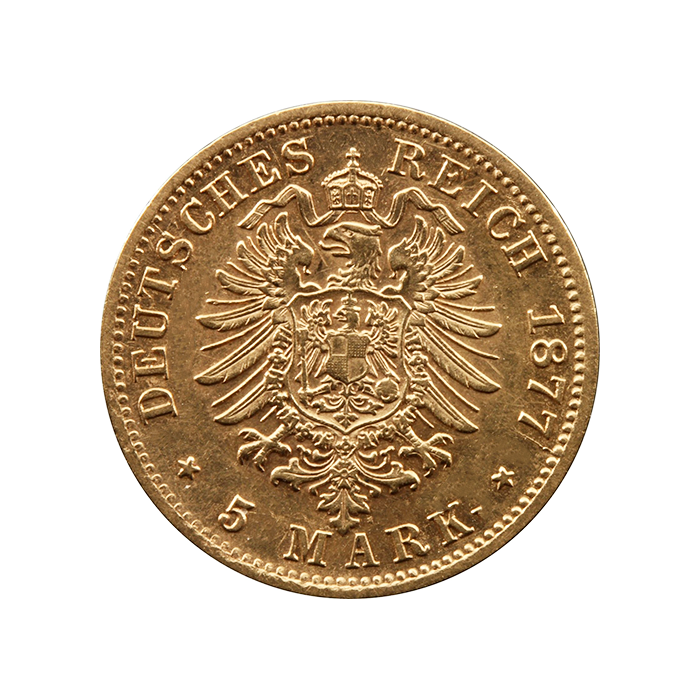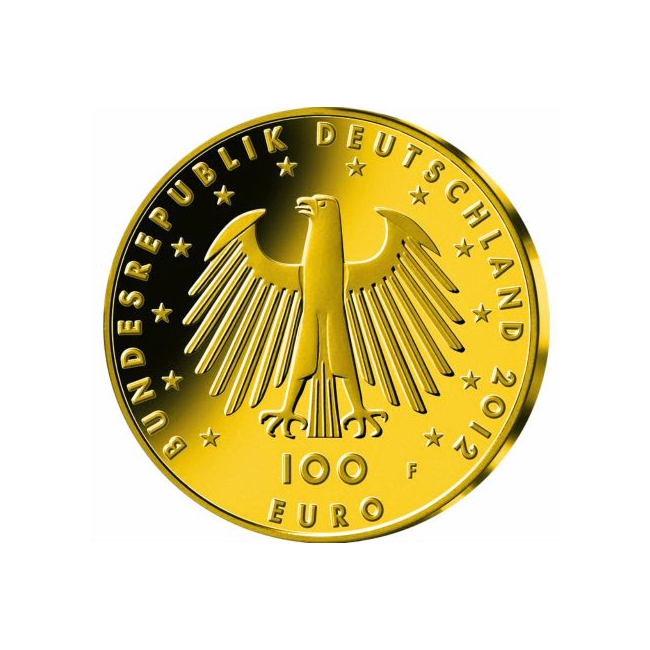The German Gold Mark came into existence in 1871 and their minting ceased in 1914. These coins were minted in a .900 fineness to a standard of 2790 Mark=1 kilogram of gold. German Gold Mark was the currency used in German Empire from 1873 to 1914 when other coins and notes replaced it. Each of the states in Germany designed and issued her own Gold Mark and the most prolific state for issuing them was Prussia, which was the largest, wealthiest, and most influential among all the other states.
German Gold Mark coins come in denominations of 5, 10, and 20 and of these denominations, the 20 Mark has been the most common. The value of these coins is very high mainly because of their scarcity, which makes them an important bullion coin for collectors just for their history as well as for investors. All the denominations have a gold fineness of 99.99% with a weight of 1.9912g, 3.9825g, and 7.965g for all the denominations 5, 10, and 20 respectively. Furthermore, they have a width of 16mm, 19.5mm, and 22.5mm in the same order of face value increment.
One of the unique components is the variation that the coins have. Each of the states in Germany was responsible for releasing their own design of the coin. The obverse of these coins therefore varies depending with the state. It features the leader of the state issuing the coin and in some cases; the coat of arms of the state is evident. The most common one depicts the facial image of Wilhelm II facing right who was the leader of Prussia encircled by the inscription “WILLHELM II DEUTSCHER KAISE KONIG V PREUSSEN”. The reverse side features an eagle with a shield. The inscription “DEUTSCHES REICH” forms an arc above the eagle depiction and alongside it is the date of mintage. Slightly below the eagle, the face value of the coin appears.
German Mints who are the minters of this coin were located across different states and were set up around 880 CE. Trading in these coins does not attract any type of tax.

